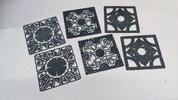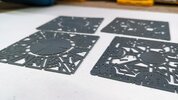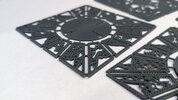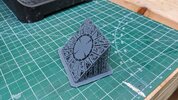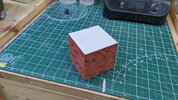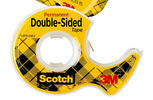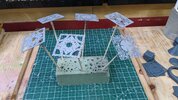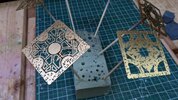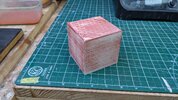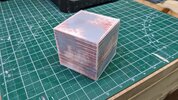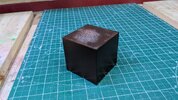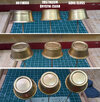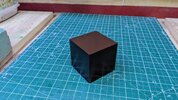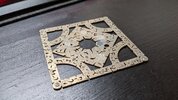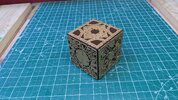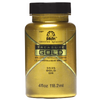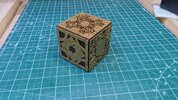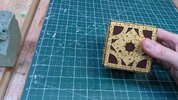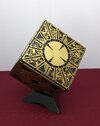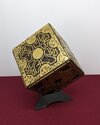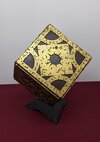Darth Humorous
Well-Known Member
If you are going to roll a gold color, you might make a jig or use a large box to affix the thing upside down in. Then you can roll the gold paint. Gravity won’t be working against you for any drops that want to fall.
Another possibility, though perhaps a little wasteful, is to get a rubber sheet or make a large pad out of cardboard (not corrugated) and mount it to a very flat surface. Then attach the thing to be painted to a flat stiff board with handles on the opposite side so you can hold the board with the thing again upside down. Next coat the mounted sheet or pad surface with the gold paint. you would want the gold paint not too fast drying. Finally, pick up the board by the handles and press it into the sheet or pad. Lift it up to see how you did. If any unpainted spots, repeat. This technique is a sort of an old fashioned printing press approach.
The last one that comes to mind, though perhaps a bit more labor and mess, is to fill the voids with something like alginate. Alginate does not stick to non porous surfaces. Screed off the top to make sure it is flush with the top surface. After it dries, you may need to rub any alginate residue off the surface to be gold painted. Then paint with gold paint. When that is dry (I would wait a day perhaps, depending on the paint), then pick out the alginate with something not too hard like a toothpick. Alginate will shrink when dry so that should facilitate its removal. I would do a test piece first. Alginate is cheap.
Mark
Another possibility, though perhaps a little wasteful, is to get a rubber sheet or make a large pad out of cardboard (not corrugated) and mount it to a very flat surface. Then attach the thing to be painted to a flat stiff board with handles on the opposite side so you can hold the board with the thing again upside down. Next coat the mounted sheet or pad surface with the gold paint. you would want the gold paint not too fast drying. Finally, pick up the board by the handles and press it into the sheet or pad. Lift it up to see how you did. If any unpainted spots, repeat. This technique is a sort of an old fashioned printing press approach.
The last one that comes to mind, though perhaps a bit more labor and mess, is to fill the voids with something like alginate. Alginate does not stick to non porous surfaces. Screed off the top to make sure it is flush with the top surface. After it dries, you may need to rub any alginate residue off the surface to be gold painted. Then paint with gold paint. When that is dry (I would wait a day perhaps, depending on the paint), then pick out the alginate with something not too hard like a toothpick. Alginate will shrink when dry so that should facilitate its removal. I would do a test piece first. Alginate is cheap.
Mark

